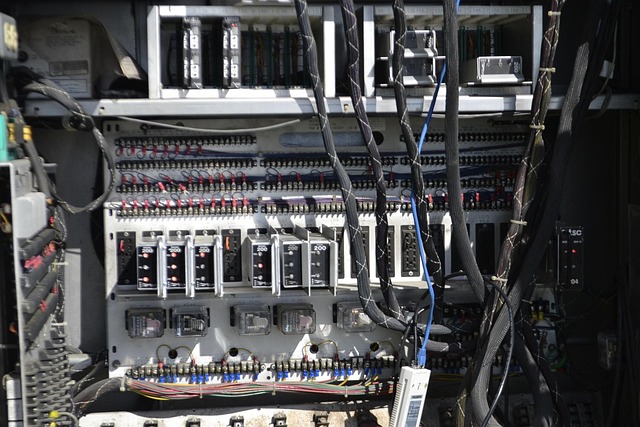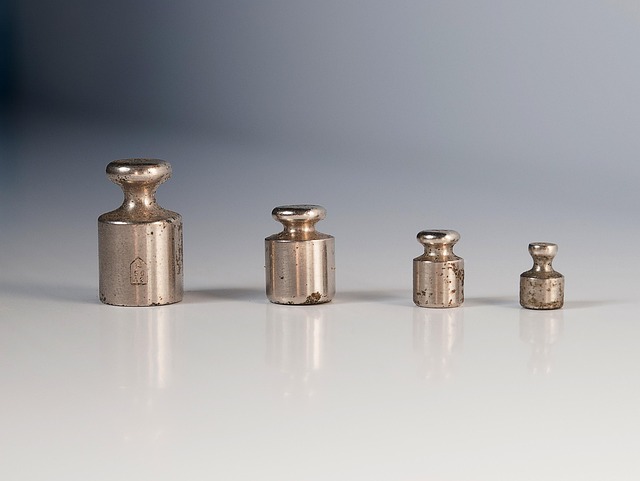Mastering Magnetic Calibration: A Complete Guide for Hardware Enthusiasts
As a hardware enthusiast, there’s nothing quite like the thrill of working on a project, whether you’re building a drone, creating a robotics system, or designing wearable tech. One crucial aspect that can make or break your project is magnetic calibration. Understanding how to navigate this complex terrain is essential for achieving optimal performance and reliability in your devices.
What is Magnetic Calibration?
Magnetic calibration refers to the process of synchronizing a device’s magnetic sensors, like compasses, to ensure that they function accurately. This process compensates for magnetic distortions caused by nearby materials, electronics, and other environmental factors. Without proper calibration, a sensor can provide erroneous readings that lead to navigational errors, incorrect data, and, ultimately, project failure.
Why is Magnetic Calibration Important?
Imagine launching your drone, only to realize that its compass is pointing in an entirely different direction than intended. This scenario illustrates the vital importance of magnetic calibration. For hardware builders, a miscalibrated sensor can lead to:
- Inaccurate Navigation: For projects involving GPS and navigation, a faulty compass can result in misguided movements.
- Data Inconsistencies: In sensors that rely on directional data, inaccuracies can skew results, leading to flawed experiments.
- Device Malfunction: Components in complex systems often rely on accurate readings. Errors can cause systems to behave unpredictably, creating safety issues or damaging hardware.
How to Perform Magnetic Calibration
Mastering magnetic calibration involves several important steps. Here’s a comprehensive approach to getting it right:
1. Gather Your Tools
You will primarily need:
- A magnetic sensor or device that requires calibration
- Your programming environment or software development kit (SDK)
- Access to a testing area free from large metal objects
2. Understand Your Sensor’s Requirements
Different sensors may require specific calibration processes. Review the manufacturer’s guidelines or datasheets to understand the recommended calibration methods and any unique considerations.
3. Clear Your Environment
Before calibration, ensure that the calibration area is free of magnetic interference from metals or electronic devices. Even small objects can distort readings significantly!
4. Implement Calibration Techniques
Many devices allow for calibration through software. Common techniques include:
- Calibration through Movement: Move the device in a figure-eight pattern, allowing the sensor to gather data and adjust accordingly.
- Static Calibration: Hold the device in a fixed position at different angles, allowing it to record baseline magnetic readings.
- Automatic Calibration: Some advanced sensors provide firmware updates that enable automatic calibration.
5. Validate Your Calibration
Once calibrated, verify the accuracy of your readings by testing the sensor in different orientations and comparing them to known references. Adjust as necessary. Validation not only ensures reliability but also boosts your confidence in the device’s performance.
Common Challenges in Magnetic Calibration
Even seasoned hardware enthusiasts can encounter challenges with magnetic calibration. Some common issues include:
- Interference: Buildings, vehicles, and even your own tools can create magnetic noise.
- Sensor Limitations: Some sensors may have inherent limitations or a narrow range of optimal calibration.
- Environmental Changes: Magnetic fields can fluctuate, requiring periodic recalibration.
Being mindful of these factors and being patient during the calibration process can significantly enhance your project outcomes!
Final Tips for Hardware Enthusiasts
As you dive deeper into the world of magnetic calibration, remember that practice makes perfect. Don’t hesitate to experiment with different methods, learn from failures, and share your insights with fellow enthusiasts. The more knowledge we collectively gain, the more we can push the boundaries of innovation in hardware technology.
With the right approach to magnetic calibration, you’ll not only improve the performance of your devices but also elevate your standing as a true hardware guru!



